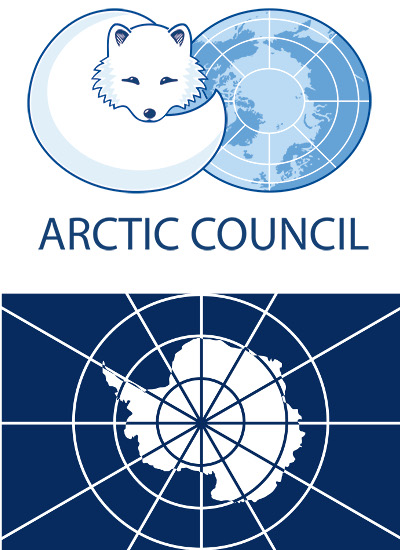 As formulated in its mission statement, WCRP activities aim to be of “direct relevance, benefit and value to society”. Part of this benefit and value stem from the policy relevance of WCRP science to a wide range of activities, for example the key role of WCRP’s Coupled Model Intercomparison Project (CMIP) to the IPCC assessments. While WCRP’s engagement with IPCC and UNFCC are prominent examples, these are far from the only fora which WCRP science supports. The present article gives an overview of WCRP science input to policy processes around the Antarctic Treaty and Arctic Council.
As formulated in its mission statement, WCRP activities aim to be of “direct relevance, benefit and value to society”. Part of this benefit and value stem from the policy relevance of WCRP science to a wide range of activities, for example the key role of WCRP’s Coupled Model Intercomparison Project (CMIP) to the IPCC assessments. While WCRP’s engagement with IPCC and UNFCC are prominent examples, these are far from the only fora which WCRP science supports. The present article gives an overview of WCRP science input to policy processes around the Antarctic Treaty and Arctic Council.
The polar regions are a key part of the Earth system and include some of the fastest warming areas on the planet. The Greenland ice sheet holds enough ice to raise sea level by around 7 metres, and the massive Antarctic ice sheet almost ten times as much. Sea-ice extent in the Arctic has declined much more rapidly than expected, whereas the Antarctic has seen a relatively small average increase, albeit with large regional variations.
Antarctica has been designated as “a natural reserve, devoted to peace and science” under the Environmental Protocol of the Antarctic Treaty. Each year Parties to the Treaty and invited Observers and Experts meet to discuss both science and policy, covering topics such as science cooperation, tourism, and regional governance. Climate change is one of the major discussion topics, as it affects everything from infrastructure to the spread of invasive species. WCRP is represented on the WMO Delegation to the Antarctic Treaty and has provided papers on a variety of topics including activities of the CliC Core Project, Antarctic CORDEX, the Polar Climate Predictability Initiative, the Polar Challenge, and the Year of Polar Prediction (the latter in association with our colleagues at the World Weather Research Programme). WCRP, as part of the WMO delegation, also responds to requests for advice, for example on the Treaty’s Climate Change Response Work Plan, associated with the Environmental Protocol.
In the Arctic, the Arctic Council is the leading intergovernmental forum promoting cooperation, coordination and interaction among the eight Arctic States, Arctic indigenous communities and other Arctic inhabitants on common Arctic issues, in particular on sustainable development and environmental protection. As WMO only became an Observer to the Arctic Council this year, efforts to engage, in particular with its six Working Groups, are still developing. However, WCRP’s CliC Core Project has already been working with the Arctic Monitoring and Assessment Programme (AMAP) Working Group, for example on the report on The Arctic Freshwater System in a Changing Climate. The WCRP Joint Planning Staff is working with colleagues in WMO (in consultation with WCRP initiatives, particularly CliC) to provide input to other Arctic Council activities.
At the core of WCRP is the facilitation of high quality science. But WCRP also considers how its science is relevant to and benefits society. One way of achieving this is by providing policy makers with the key science they need to make well-informed decisions. As in the above examples of Arctic and Antarctic policy processes, WCRP continues to engage with a wide range of stakeholders, including policy makers, to ensure its science is both useful and relevant to society.

